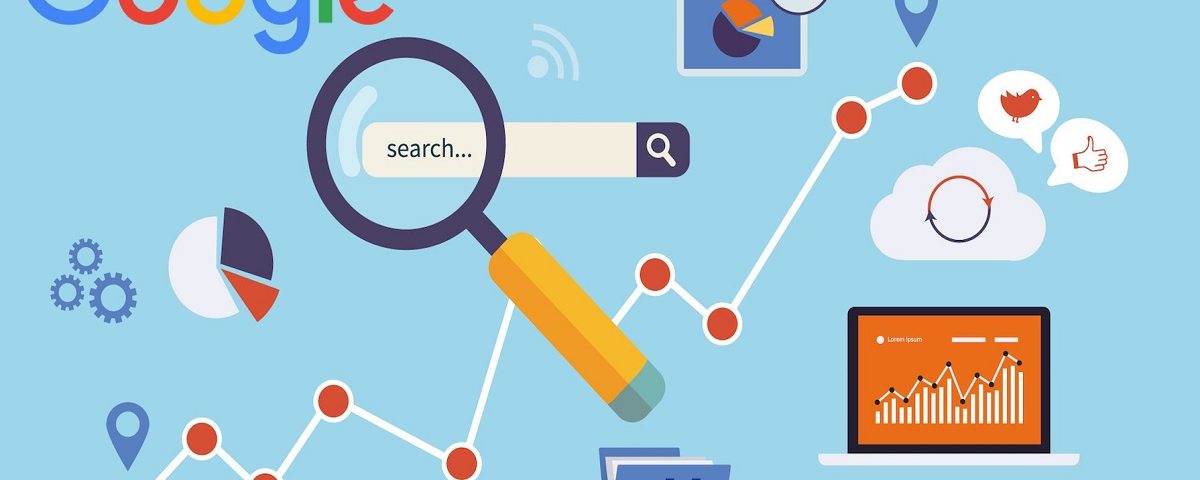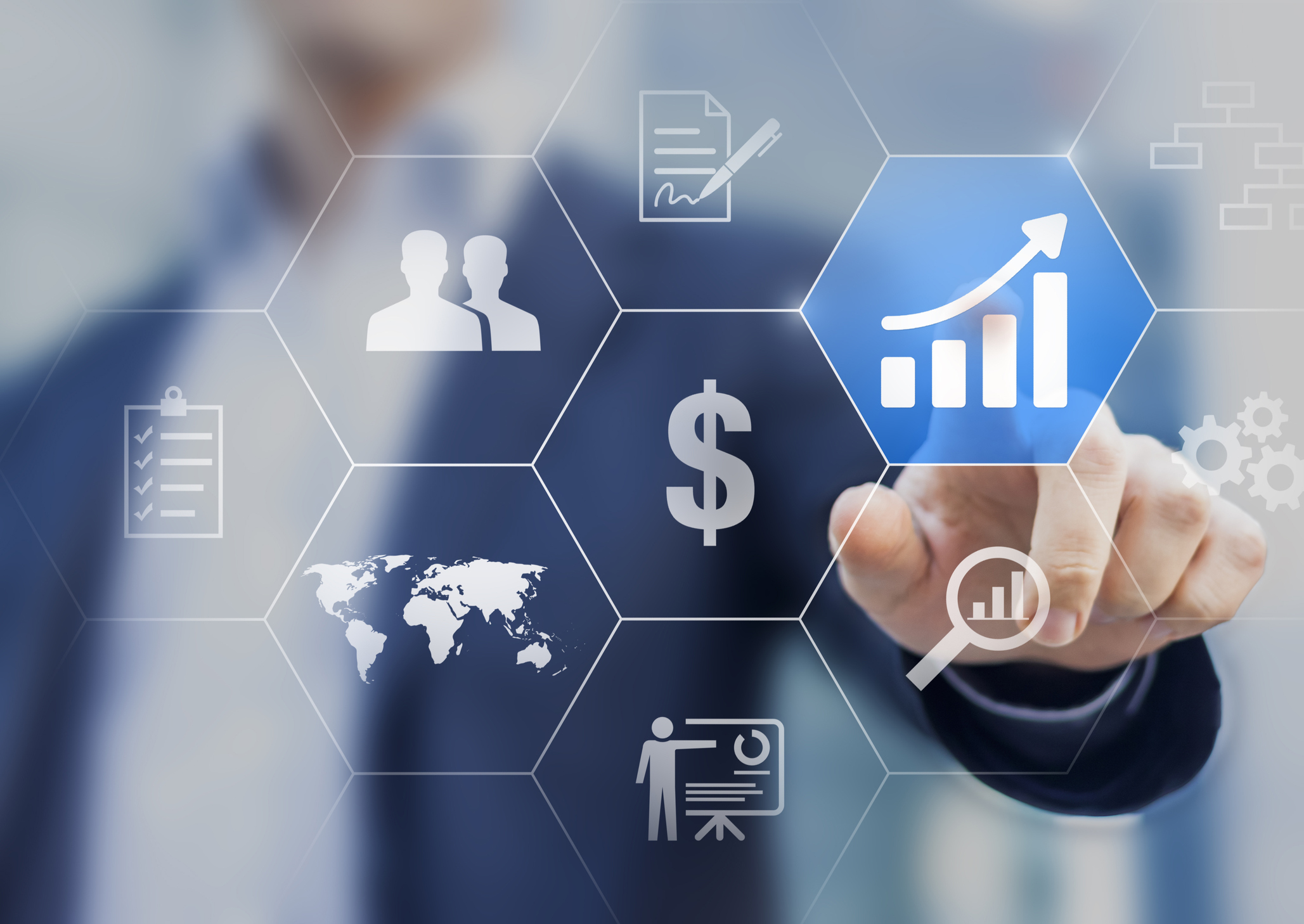
If you’re a business owner or manger, you may already be familiar with a circular economy, sometimes referred to as a closed-loop economy. But have you taken the time to become familiar with how the model benefits businesses? Or how this model could be incorporated into your own business operations? This post and accompanying infographic will detail the ins-and-outs of a closed-loop economy and how this model could potentially benefit your business.
First, it’s important to understand there are a number of names for this type of model. Some people may know the closed-loop economy as a closed-loop supply chain or closed-loop system. Regardless of how you refer to it, these models are all predicated on creation without waste. Meaning everything is reused, recycled, shared, or repaired. Rather than looking at produced waste as waste, these models take said waste and use it as a resource to create once again.
As environmental stability continues to be put into question, these models have become increasingly popular. So much so that estimates suggest it will be a $4.5 trillion-dollar contribution come 2030. While this is reflective of the entire planet, even your business can benefit from adopting this model. Just some of the benefits of employing a closed-loop economy model include increased customer loyalty, positive perception in the public and even long-term savings and return on investment all while reducing your reliance on external suppliers.
The true strength of this model is shown when more and more organizations adopt to them. The more organizations that do, the less reliant they become on limited raw material supplies throughout the world.
Making The Model Work
The model is only made possible when organizations are able to work together in order to establish a closed-loop supply chain. In most instances, it requires a complete reimagining of how products and packaging are designed and manufactured. Once these ideas are cemented, they’ll have to consider how these products and their packaging will be reused and refurbished as well. Ultimately, these organizations are hoping to avoid having to rely on much of any raw materials.
Unfortunately, as it stands, most organizations are following a linear economy model. In these models, the reliance on raw materials is much higher than to the closed-loop alternative. These raw materials are used to design and create products, which then are used and disposed of by consumers, whether that be individuals or companies. Little to no material is saved, as the process must start new again with fresh materials.
Thus proving the strength of a closed-loop economy. There is no ‘end’ to the production cycle as the materials thought of as waste in a linear model are repurposed and reprocessed to be used again. Consumption, to collection, to processing, to designing and manufacturing, to consumption once more and the cycle continues. This is the model predicated on sustainability. For more information regarding how these systems work, be sure to review the infographic accompanying this post. Courtesy of Quincy Recycle.












